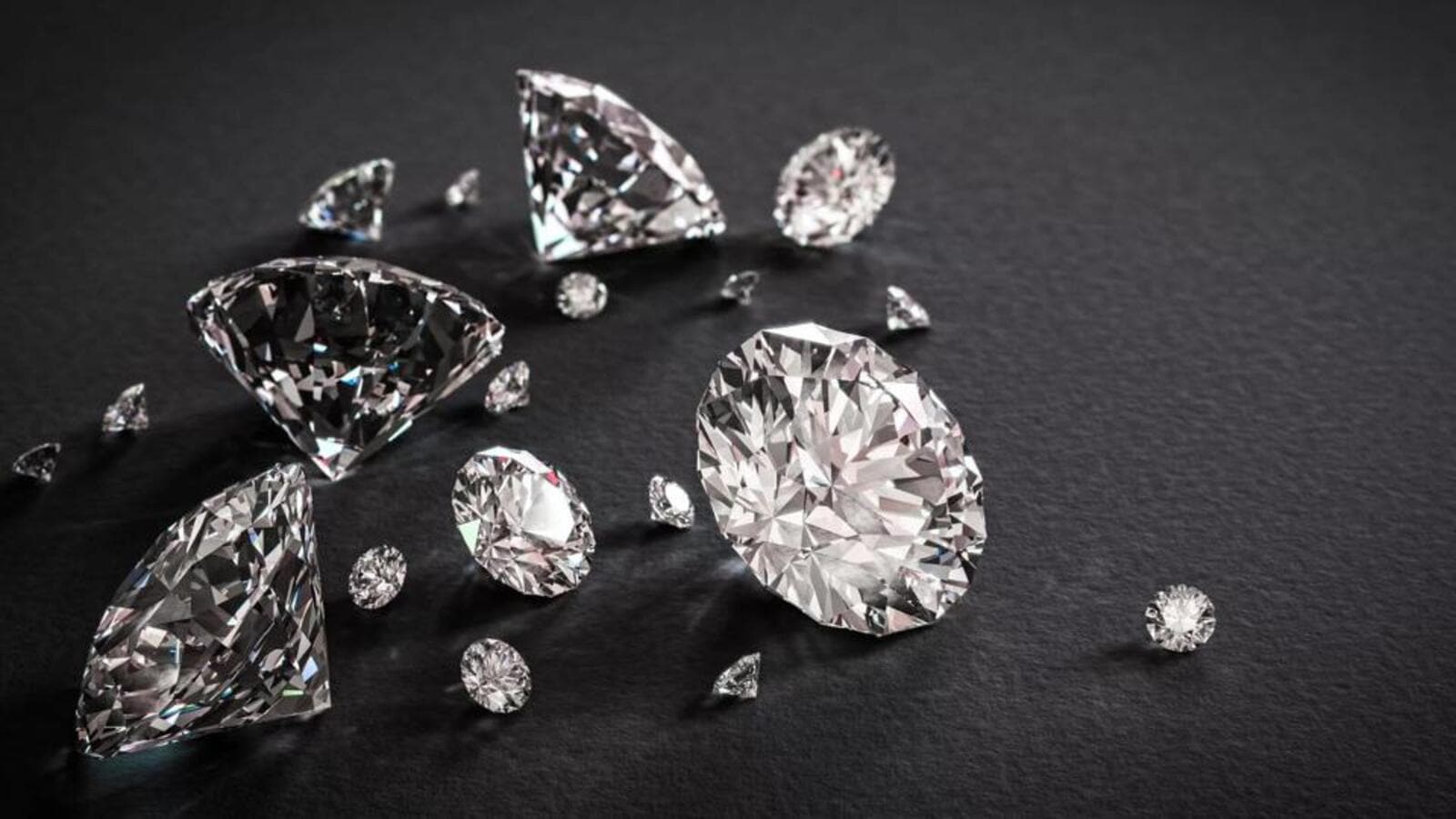The Insider Story of Lab Grown Diamonds: Better Than You Think
Introduction: The Sparkling Development
At any point contemplated whether you could claim a diamond without the weighty sticker price and environmental impact? Welcome to the world of lab-grown diamonds! This sparkling innovation is changing the game in the gems business. We should jump into how these diamonds are made, their history, and why they’re catching the eye of savvy shoppers and gem dealers alike.
The Basics of Lab-Grown Diamonds
What Are Lab-Grown Diamonds?
Lab-grown diamonds are essentially real diamonds created in a controlled climate. They’re not “fake” or “synthetic” — they’re certifiable insider story of lab grown diamonds better, just grown in a lab rather than mined from the earth. They have the same physical, chemical, and optical properties as natural diamonds.
How Would They Contrast from Natural Diamonds?
The main distinction is their origin. Natural diamonds form more than huge number of years under the Earth’s covering. Lab-grown diamonds, then again, are created inside the space of weeks to months in a laboratory. While their origins vary, their brilliance and durability are the same.
The History of Lab-Grown Diamonds
Early Analyses and Revelations
The excursion of lab-grown diamonds started during the twentieth 100 years. Researchers began exploring different avenues regarding ways to recreate the circumstances expected to form diamonds. The primary significant breakthrough came during the 1950s with the improvement of high-pressure procedures.
Technological Advances and Breakthroughs
From that point forward, innovation has rapidly advanced. The 1980s saw the introduction of the Chemical Vapor Affidavit (CVD) strategy, which allowed for the creation of diamonds with less contaminations. Today, these advancements are calibrated, creating diamonds that are virtually indistinguishable from natural ones.
The Science Behind Lab-Grown Diamonds
The Diamond Creation Cycle
Creating lab-grown diamonds includes replicating the circumstances that natural diamonds form under. There are two main strategies: High-Tension High-Temperature (HPHT) and Chemical Vapor Statement (CVD).
High-Tension High-Temperature (HPHT) Strategy
The HPHT strategy emulates the serious strain and heat tracked down profound inside the Earth. Carbon is exposed to outrageous strain and temperature, causing it to crystallize into diamond form. This technique produces diamonds with a similar sythesis to natural ones.
Chemical Vapor Testimony (CVD) Strategy
The CVD strategy includes creating a plasma of carbon-rich gases. The gases store carbon atoms onto a substrate, which then crystallize into diamond. This method allows for greater command over the diamond’s properties and virtue.
Quality and Immaculateness: What to Search For
Lab-grown diamonds can have varying qualities, very much like natural diamonds. While looking for one, check for the Four Cs — Cut, Color, Clarity, and Carat weight. These factors decide the diamond’s quality and value, regardless of whether it’s lab-grown or natural.
The Environmental Impact of Lab-Grown Diamonds
Sustainability Compared to Traditional Mining
Lab-grown diamonds offer a more sustainable alternative to traditional diamond mining. Mining often includes significant land interruption, environment obliteration, and contamination. Lab-grown diamonds, in contrast, have a minimal environmental impression.
Carbon Impression and Asset Use
The carbon impression of lab diamonds is lower than that of mined diamonds. Additionally, lab-grown diamonds utilize less assets and produce less waste, making them a more eco-accommodating decision for cognizant customers.
Financial Aspects of Lab-Grown Diamonds
Estimating Patterns and Market Development
Lab-grown diamonds typically cost not exactly their natural counterparts, making them an attractive choice for frugal purchasers. As innovation improves and creation scales up, costs are supposed to decrease further, making them significantly more accessible.
Buyer Demand and Market Discernment
Buyer demand for lab-grown diamonds is ascending as individuals become more aware of their ethical and environmental advantages. The market discernment is moving, with more individuals embracing these diamonds as a polished and dependable decision.
Lab-Grown Diamonds in the Gems Business
Popularity Among Gem dealers
Gem dealers are increasingly incorporating lab-grown diamonds into their assortments. They offer a way to fulfill developing shopper need for ethical and sustainable choices. Many very good quality brands currently feature lab-grown diamonds, showcasing their beauty and versatility.
Plan Innovations and Patterns
Lab-grown diamonds are inspiring new plan patterns in the gems business. With less constraints on obtaining and cost, creators can explore different avenues regarding interesting shapes and settings, offering customers innovative and personalized adornments pieces.
The Future of Lab-Grown Diamonds
Impending Advancements and Innovations
The future of lab-grown diamonds looks splendid with progressing advancements in innovation. Researchers are exploring new techniques to work on the quality and diminish the expense of lab-grown diamonds. Innovations in this field could lead to much more staggering and affordable choices before long.
Expectations for Market Development
Specialists foresee that the lab-grown diamond market will keep on developing rapidly. As awareness increases and innovation advances, lab-grown diamonds are probably going to turn out to be significantly more mainstream, potentially reshaping the diamond business.
Conclusion: The New Era of Diamonds
Lab-grown diamonds address another era in the world of gemstones. They offer the same sparkle and durability as natural diamonds however with added advantages of sustainability, affordability, and ethical obtaining. As innovation advances and shopper inclinations shift, lab-grown diamonds are set to play an increasingly significant job in the gems business. Whether you’re in the market for a dazzling engagement ring or a one of a kind piece of gems, lab-grown diamonds may very well be the ideal decision for you.

